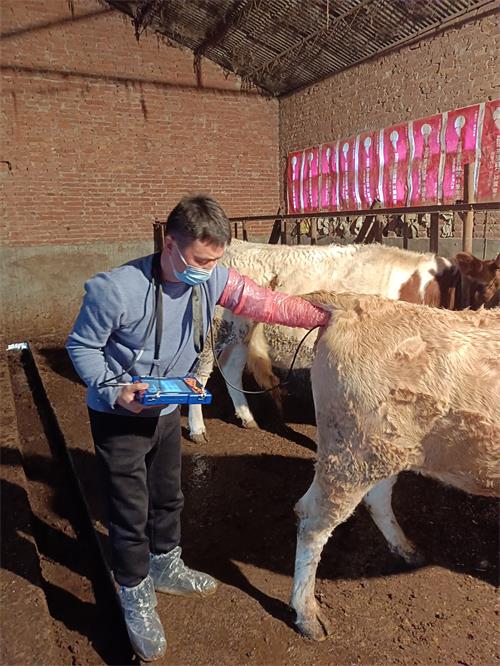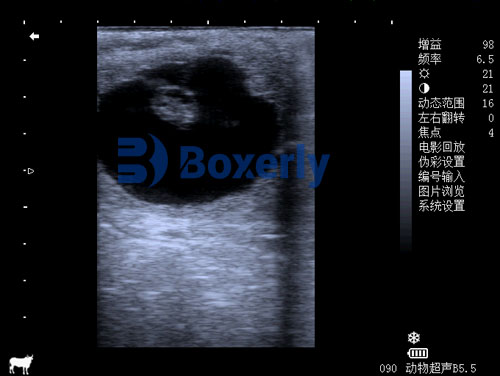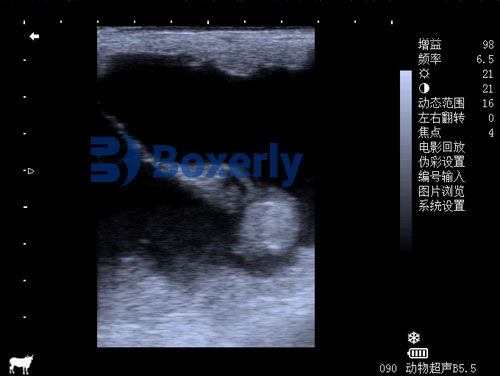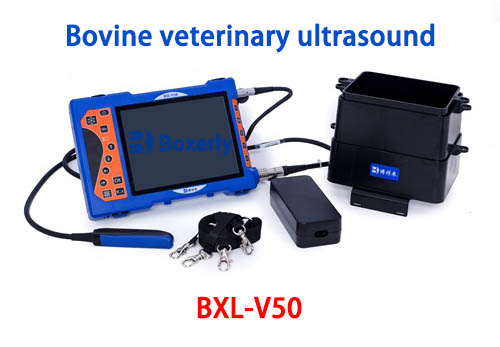Becoming a Veterinary ultrasound technician is an exciting and fulfilling career path for anyone passionate about animal health and diagnostic imaging. These specialists play a critical role in helping veterinarians identify illnesses, monitor pregnancies, and evaluate internal organs across a wide range of animals—from household pets to large livestock like cattle, pigs, horses, sheep, and even camels.
If you are serious about entering this field, it’s essential to understand the skills, education, and equipment you’ll need to be successful. Whether you’re already working with animals on a farm or in a veterinary setting, or just starting out, this guide will walk you through everything you need to know about becoming a veterinary ultrasound technician.
What Does a Veterinary Ultrasound Technician Do?
Veterinary ultrasound technicians specialize in operating ultrasound machines to capture images of animals’ internal systems. These images help veterinarians diagnose conditions like organ abnormalities, pregnancies, cysts, tumors, and blockages. Ultrasound is non-invasive and safe, making it ideal for use in both emergency and routine care.
In a farm setting, for example, ultrasound can be used to:
-
Confirm pregnancy in cows during their open days (also called “days open,” the period between calving and successful rebreeding)
-
Monitor fetal development in mares and sows
-
Detect reproductive issues in bulls and boars
-
Assess the health of organs like liver, kidney, bladder, and heart in livestock
-
Assist in breeding management programs for herd optimization
This job isn’t just about running the machine—it also involves handling animals safely and calmly, interpreting ultrasound results, maintaining equipment, and often communicating findings to veterinarians, farm owners, or animal caretakers.

Key Skills You Need
To succeed as a veterinary ultrasound technician, you need a blend of technical expertise, animal handling skills, and strong communication. Here are some of the most important competencies:
-
Animal Anatomy & Physiology A deep understanding of animal biology is essential. You’ll need to know the differences between species’ organ placement, reproductive systems, and how disease affects anatomy.
-
Ultrasound Operation You must become proficient in operating ultrasound machines—adjusting frequency, depth, gain, and probe positioning to get clear and accurate images. Different species and organs require different techniques.
-
Image Interpretation While the veterinarian will usually make the final diagnosis, as a technician, you must be able to distinguish between normal and abnormal tissues on the ultrasound screen. This includes identifying pregnancy stages, organ abnormalities, and fluid buildup.
-
Animal Handling Knowing how to restrain and calm animals—especially large and potentially unpredictable ones like horses or bulls—is crucial. Understanding their behavior and using low-stress techniques is part of the job.
-
Communication You will often be responsible for reporting your findings to a veterinarian or farm manager. Being able to describe what you see clearly and professionally is key.
-
Physical Stamina Farm work and fieldwork often require long hours, travel, and physical labor. You might be scanning animals in barns, pastures, or pens, sometimes in harsh weather conditions.
-
Record Keeping Accurate documentation is vital in veterinary care. You'll need to log scan results, patient data, reproductive history, and follow-up recommendations.

Ultrasound image of a horse at 20 days of pregnancy
Education and Certification
While formal education requirements vary by country and region, most veterinary ultrasound technicians begin by earning a degree or certificate in veterinary technology or animal science. Additional specialized training in ultrasound imaging is strongly recommended.
Here’s a typical pathway:
-
High School Diploma or Equivalent Focus on courses in biology, chemistry, physics, and animal science.
-
Veterinary Technician Degree Many aspiring ultrasound techs pursue a two-year associate’s degree or a four-year bachelor’s degree in veterinary technology. Some institutions also offer diplomas in animal health or veterinary nursing.
-
Ultrasound Certification Specialized training in veterinary ultrasonography is available through vocational programs, online courses, or continuing education workshops. Some certification options include:
-
The American Registry for Diagnostic Medical Sonography (ARDMS) – although more common for human sonographers, it demonstrates high standards.
-
International Veterinary Ultrasound Society (IVUSS) workshops or approved training courses
-
Manufacturer-sponsored training for specific ultrasound machines
-
Hands-On Experience Working under a licensed veterinarian or experienced ultrasound technician provides valuable real-world experience. Many vet clinics and farms offer internships or technician assistant roles to help new professionals build their skills.

Ultrasound image of a horse at 40 days of pregnancy
Choosing the Right Equipment
No ultrasound technician is complete without the right equipment. Whether you're working in a vet clinic or doing mobile farm visits, investing in a high-quality ultrasound machine designed for animal use is non-negotiable.
A professional veterinary ultrasound machine should offer:
-
High-resolution imaging
-
Multiple probe options for different species (e.g., linear, convex, rectal)
-
Portability, especially for large animal or farm work
-
Battery power options for field use
-
Data storage and transfer capabilities
For example, if you’re scanning cows during their postpartum “open” period to check whether they’ve been successfully bred, you’ll need a rectal probe with good depth penetration and image clarity.
Looking for a reliable ultrasound machine? BXL is a trusted provider of professional veterinary ultrasound systems. They offer portable units tailored to livestock, equine, and small animal applications, with training and support to help you get started quickly and confidently.

BXL-V50 Veterinary Ultrasound Equipment
Career Opportunities and Outlook
Veterinary ultrasound technicians are in high demand, especially in regions with strong agriculture or equine industries. Job opportunities can be found in:
-
Veterinary clinics and hospitals
-
Animal reproduction centers
-
Equine hospitals
-
Large livestock farms
-
Mobile ultrasound services
-
Zoos and wildlife rehabilitation centers
In addition, many technicians go on to start their own mobile ultrasound businesses, offering reproductive and diagnostic scanning services to farms, breeders, and vets.
Final Thoughts
Becoming a veterinary ultrasound technician is an excellent choice for those who love working with animals and have an interest in diagnostic imaging. It’s a career that combines science, compassion, and hands-on skills, all while contributing meaningfully to animal health and welfare.
From scanning sows for pregnancy to checking a horse’s tendon injury, your work will directly impact how animals are treated and cared for. With the right education, practical experience, and professional tools like a BXL ultrasound machine, you’ll be well on your way to a successful career in veterinary sonography.
If you're ready to take the next step, start researching veterinary tech programs and ultrasound certification courses in your area. And don’t forget to explore reliable equipment providers to make sure you’re equipped for the field from day one.
tags:


